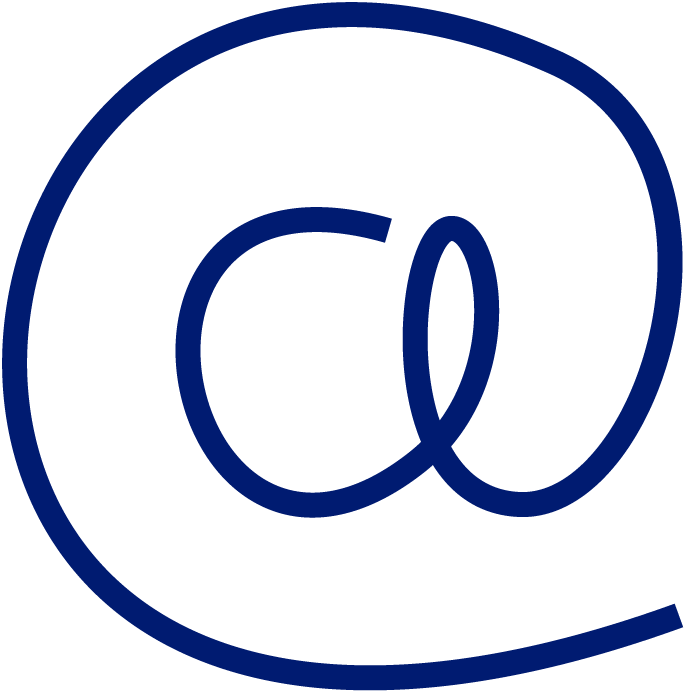
Navantia and Cegos recently won Bronze in the prestigious Brandon Hall Excellence Awards for ‘Best Advance in Leadership Development’. Here is the story of how the Cegos’ team helped a Spanish state-owned naval company inspire a huge cultural shift in its workforce through the deployment and promotion of a new leadership model.
With more than two hundred years of history, Navantia has witnessed some transformative times. The company is facing a major generational renewal in its workforce. It saw the rapid rise of digitalisation and the changing dynamics in the world of work. Facing these challenges, Navantia’s strategic plan was to undertake yet another direction.

Navantia needed a solution
The company’s challenge was to drive a cultural change from the top management down to the whole workforce.
With an average age that was certainly advanced, and processes still anchored in the 20th century, the long-term viability of the shipping company was at stake. It was essential to attract younger people to contribute to the generational renewal and drive the company’s digitalisation.
Back in 2018, Navantia management decided to radically overhaul the company to diversify their offering, implement more digitalisation and aim for new markets. This required a program of cultural change throughout the workforce, particularly at the management level.
With this objective in mind, Navantia turned to Cegos to create a programme that would help facilitate these changes as well as attract younger generations. The result was a project focused on changing the leadership model. It is based on a series of initiatives that would help revitalise the company and address its core challenges through a training programme.
A new leadership programme was built
After careful analysis and extensive consultation with the workforce, Cegos and the Navantia R&D team designed a new leadership model, based around three areas.
Employees
Leaders analyse their capabilities to identify strengths and areas for improvement, obtaining a realistic and balanced view. They must maintain curiosity and creativity in the design and implementation of advances in the workplace. Leaders should identify and channel emotions, empathise with employees and control reactions. This would help them deal with highly demanding situations calmly and rationally.
Teams
Leaders must deliver clear messages, capturing the interest of the team and other stakeholders, adapting to different contexts, styles and channels. They must act as an example for employees and be a point of reference for their daily performance. Leaders should create the necessary conditions and act appropriately to guarantee a high level of team commitment. They should make the most of the team's potential, know their capabilities, create the conditions for learning and challenge them to periodically step out of their comfort zone.
The business
Leaders should focus on the objectives to be achieved individually and collectively, through an analytical, agile, and efficient style, adapting to changes as they arise. They must develop a willingness to think and work collectively, sharing the overall vision with their teams and focus efforts on overcoming challenges by collaborating and cooperating.
The leadership training programs were created with this model at the core and delivered using the Cegos 4REAL methodology.
Keys to successfully streer the new leadership model
Engaging the whole workforce
The dynamic nature of the New Leadership Model was key to the company’s success. However, a cultural shift of this magnitude required engagement with all those involved. As is usual in such situations, some workers would be excited by new challenges, whilst others would be resistant to such a profound change. The second group needed encouraging. So careful consideration was given to how leaders would communicate the benefits of change. Ambassadors were selected from the leaders most likely to embrace change, and they were given responsibility for driving and sharing enthusiasm to others.
The leadership training was adapted for three different audiences for relevancy. Namely the industrial and technical corporate employees (blue and white-collar), junior leaders and experienced leaders.
The number of people embarking on the programme keeps growing
Overall, the program has been a roaring success. The average 2020 satisfaction score was 7.5/10. This remained unchanged in 2021 although training was delivered exclusively online. Indeed, as of March 2020, during lockdown, the programme was converted to a fully digital format via virtual classrooms. Hence, the programme actively contributed to the digitalisation of Navantia's training processes.
One of the most heartening results was the enthusiasm of the workers, particularly those at the younger end. Throughout the first year of the project, the number of new recruits joining the program increased. Many millennials signed up to the workshops, which enriched its generational diversity.
Now that Navantia has navigated its way through some of its most pressing challenges, it looks like calmer seas ahead. There are exciting times on the horizon, too, as old and young generations work together to forge the future of this ancient shipping company.
If you would like to learn more about how Cegos can help you successfully implement a cultural shift in your company, visit our dedicated page and get in touch.








